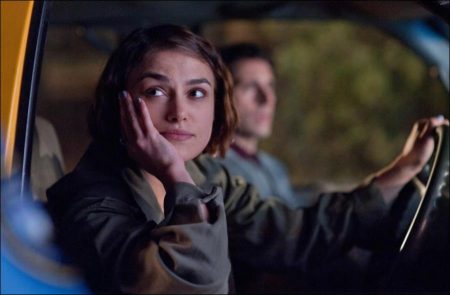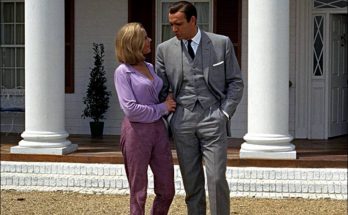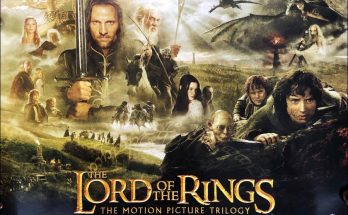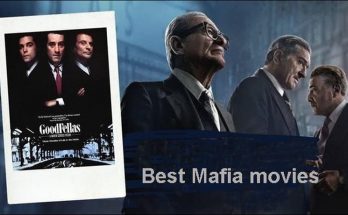A Place Sometime in the Future. “Seeking a Friend for the End of the World” writer / director Lorene Scafaria explains, “I always intended to be vague about it in the telling. The only time we see a date is on a bottle of cough syrup, and we don’t know if the expiration date is coming up or it’s already come and gone.
“By being only relatively in the future, I had options to play with the look of the film. [Production designer] Chris Spellman and [director of photography] Tim Orr helped create the aesthetic for the movie.”
Spellman remembers, “When Lorene and I first met up, we talked about some films that she wanted me to see.”
“I was inspired by films like Defending Your Life and Songs from the Second Floor, movies which created their own world,” says Scafaria, who also discussed with Spellman how the design, sets and set dressing should not overpower the story and characters – as in many an end-of-the-world tale – but instead inform them. “Chris and I figured out the tiny little stories within our story, whether it was for an object or for a person you see only fleetingly.”
Producer Mark Roybal found that “the aesthetic that’s been achieved is that of a future which is recognizable. Since things are not overdesigned, there is no detracting from the heart of the story.
“Chris was so good at doing research when it was needed; for example, the plot point of if a small plane could in fact transport someone overseas was something that he ratified.”
Spellman notes, “We went with what the script dictated. Tim – whom I’ve worked with before – and Lorene and I went through it page by page, and discussed what the mood might be in terms of lighting, for instance.”
Scafaria reveals, “I had had high hopes we would get Tim for Nick & Norah’s Infinite Playlist; I’d seen and loved his work. When that didn’t pan out, I became obsessed with working with him some day, and I felt so fortunate when we landed him for this – my first time out as director.
“We mapped out the entire shot list well before production started, then revised it as we went along, and certainly improvised when we had to on a given day. It was a very symbiotic collaboration. We agreed on our process together out of the gate, coordinating on shot composition. I come from a theater background, so I had to keep reminding myself to try to get as much coverage as possible. I learned more from Tim than from anyone else, and often referred to our time together as ‘my film school with Tim Orr.’”
The writer/director also worked closely with Orr’s actual film school classmate and longtime collaborator, film editor Zene Baker; during filming, Scafaria would watch all of the dailies as she went along and then discuss them with Baker, which in turn made the post-production phase progress that much more efficiently.
Like Spellman, costume designer Kristin Burke was tasked with anticipating the near future. She notes, “When a script ventures even a little bit into the future, you naturally wonder, ‘Okay, what are we going to be wearing? What fabric are we going to have that we don’t have now?’
“But Lorene wanted to make the clothing as classic as possible, so that the film doesn’t date itself and also so it wouldn’t be implausible. For example, where were we 10 years ago and how much is the fashion sensibility different from today’s? Well, it’s not that far; between 1972 and 1962, now there was a huge gap.”
She elaborates, “What we were trying to do overall was ‘retro future,’ and as accessibly as possible for the viewer. As apocalyptic as this story might seem, it’s not depressing, and our costuming reflects that.”
Burke was particularly pleased to be able to costume Knightley for a rare non-“costume” role. The designer says, “Penny is eclectically minded; we were looking to create a look for Keira which spoke to that. The way Penny dresses incorporates vintage elements and something of that mindset.
“While there were no corsets for Keira on this movie, Penny is accessorized with something from the past – vinyl record albums.”
Views: 101



